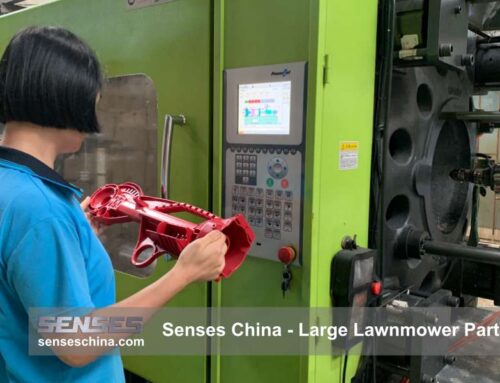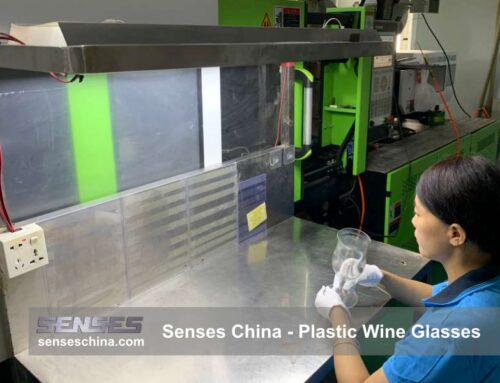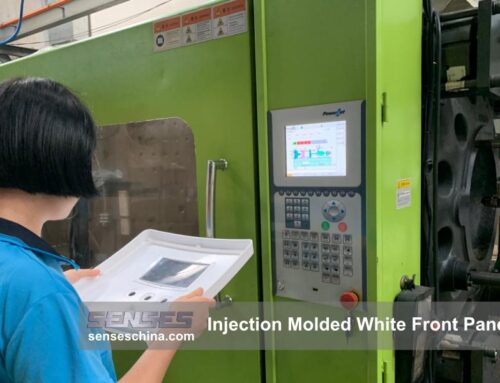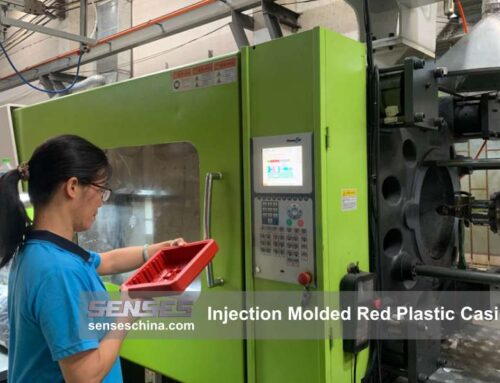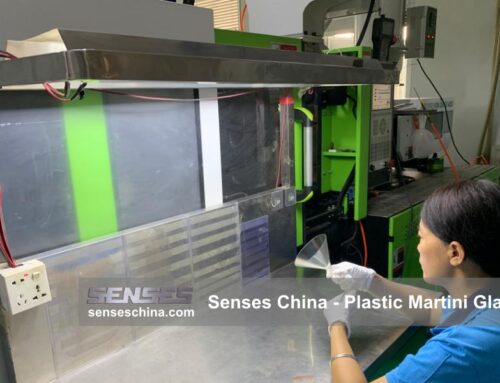When it comes to plastic injection molding, achieving the desired surface finish is crucial for the overall aesthetics and functionality of the finished product. The surface finish not only enhances the appearance of the part but also plays a significant role in its performance, durability, and resistance to external factors.
In addition to its visual and tactile aspects, the surface finish also serves practical purposes. It can effectively conceal tooling marks, such as flow lines, weld lines, sink marks, and shadow marks, which are common in the injection molding process. By selecting the right surface finish or texture, these imperfections can be minimized or hidden. Furthermore, the surface finish can improve paint adhesion and other post-processing operations. A lightly textured surface, for example, allows paint to adhere better compared to a completely smooth surface.
At Senses, we understand the importance of surface finish in plastic injection molding. Our experienced team can help you select the optimal surface finish that enhances both the visual appeal and functionality of your product. Contact us today to discuss your project and explore the various surface finish options available.
The most common way to specify injection molding surface finishes is by using PIA (or SPI), VDI, and Mold-tech standards. These three standards are widely recognized by injection mold toolmakers, manufacturers, and design engineers worldwide.
Society of Plastics Industry (SPI) Mold Finishes
The SPI standard employs a numerical coding system, ranging from SPI A-1 to SPI D-3, to denote various levels of surface finish.
By referring to the SPI standard, manufacturers and designers can ensure consistency and accuracy when specifying the desired surface finish for their injection molded parts. It enables effective communication and facilitates the production of parts with the desired aesthetic and functional characteristics.
The following are the SPI surface finish types:
Finishes Created by Polishing
Grade A finishes are achieved using diamond buffing, resulting in the highest standard grade with a shiny and glossy appearance. The fine grain of the diamond buffing paste and the random, non-linear pattern in which it is applied contribute to its aesthetic qualities. A rotary tool is used to polish the surface, creating a scattering or reflection of light that does not exhibit a distinct texture. The surface appears smooth and glossy from every viewing angle and under various lighting conditions. This makes it an ideal choice for achieving a consistent, high-quality finish on injection molded parts.
Finish
SPI Standard
Finishing Method
Typical surface roughness Ra (μm)
Super High Glossy finish
A-1
Grade #3, 6000 Grit Diamond Buff
0.012 to 0.025
High Glossy finish
A-2
Grade #6, 3000 Grit Diamond Buff
0.025 to 0.05
Normal Glossy finish
A-3
Grade #15, 1200 Grit Diamond Buff
0.05 to 0.10
Semi-Glossy Finishes
For parts that require a moderate level of glossiness, a B-grade finish achieved with sandpaper of various grit sizes is ideal. This surface finish is compatible with a wider range of injection molding plastics and is capable of producing highly aesthetic parts suitable for consumer products and various other applications.
Finish
SPI Standard
Finishing Method
Typical surface roughness Ra (μm)
Fine Semi-glossy finish
B-1
600 #Sand Paper
0.05 to 0.10
Medium Semi-glossy finish
B-2
400# Sand Paper
0.10 to 0.15
Normal Semi-glossy finish
B-3
320#Sand Paper
0.28 to 0.32
Matte Finishes
By using grit sanding stones, it is possible to remove machining marks from molded parts without creating a glossy finish.
Finish
SPI Standard
Finishing Method
Typical surface roughness Ra (μm)
Fine Matte finish
C-1
600 Grit Stone
0.35 to 0.40
Medium Matte finish
C-2
400 Grit Stone
0.45 to 0.55
Normal Matte finish
C-3
320 Grit Stone
0.63 to 0.70
Bead Blasting
In certain cases, there is a need for a highly rough or textured SPI surface finish. This is often done to enhance friction for mechanical purposes. To achieve such a rough finish, the sandblasting process is employed. Sandblasting involves directing compressed air to propel abrasive materials against the part with force, effectively roughening its surface.
Finish
SPI Standard
Finishing Method
Typical surface roughness Ra (μm)
Satin Textured finish
D-1
Dry Blast Glass Bead #11
0.80 to 1.00
Dull Textured finish
D-2
Dry Blast #240 Oxide
1.00 to 2.80
Rough Textured finish
D-3
Dry Blast #24 Oxide
3.20 to 18.0
Why Does Plastic Surface Finish Matter?
The selection of an appropriate injection molding surface finish plays a vital role in the success of a product. It not only enhances the visual appeal but also contributes to its functionality and durability. With various techniques available, such as diamond buffing for a glossy finish or sandblasting for texture, it is important to understand the specific requirements and preferences of each project. By exploring different surface finish options and their applications, manufacturers and designers can make informed decisions to produce high-quality injection molded parts that meet standards and exceed customer expectations.
Enhance Your Products with Senses’ Injection Molding Surface Finish Services
At Senses, we understand the importance of injection molding surface finish in achieving the desired look, feel, and functionality of your products. As a leading provider of injection molding services, we offer a wide range of surface finish options to meet the unique requirements of your projects. Our experienced team of professionals is dedicated to delivering high-quality, precision-engineered parts with exceptional surface finishes. Whether you need a glossy finish, textured surface, or custom surface treatment, we have the expertise and state-of-the-art equipment to meet your needs. Partner with Senses for reliable, cost-effective, and efficient injection molding solutions. Contact us today to discuss your project requirements and let us exceed your expectations.

